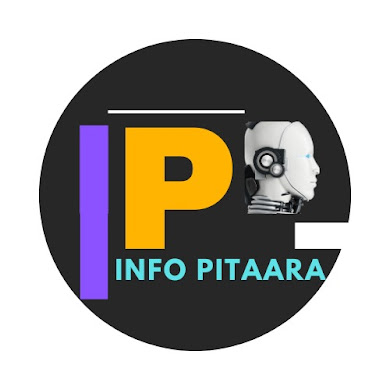Studio Ghibli is known for its hand-drawn animation, deep storytelling, and emotional depth. But as the industry evolves, there are both opportunities and challenges ahead. Let’s break it down.
1. Studio Ghibli’s Future
✅ What's Good?
- New Projects: Ghibli is continuing its legacy even after Hayao Miyazaki’s "final" film The Boy and the Heron (2023). The studio recently won an Oscar for Best Animated Feature and is expanding with theme park attractions.
- Ghibli Theme Park: Opened in Japan, it's a dreamland for fans, keeping Ghibli's magic alive.
- Streaming Expansion: With deals on Netflix and HBO Max, Ghibli movies are reaching global audiences like never before.
❌ What’s Bad?
- Miyazaki’s Retirement: The heart of Ghibli, Miyazaki is in his 80s. His absence could leave a void in storytelling.
- Lack of New Directors: Unlike Pixar or Disney, Ghibli struggles with leadership succession.
- 2D Animation Struggles: The world is moving toward 3D and AI-generated animation, making Ghibli’s traditional methods expensive and less common.
2. The Future of Ghibli-Inspired Art
✅ What's Good?
- Hand-Drawn Revival: Many artists continue to be inspired by Ghibli’s detailed backgrounds, rich colors, and emotional characters.
- AI-Assisted Animation: Instead of replacing artists, AI can help speed up frame-by-frame animation while keeping the Ghibli touch.
- New Digital Tools: Programs like Blender Grease Pencil allow 2D animators to mix traditional and modern techniques, preserving the hand-drawn look.
❌ What’s Bad?
- AI Replacing Artists: If studios overuse AI, we may see soulless, mass-produced art rather than the carefully crafted magic of Ghibli films.
- Loss of Artistic Patience: Today’s fast-paced content (TikTok, YouTube Shorts) demands quick visuals, making slow, beautiful storytelling less profitable.
3. Precautions for the Future
🔹 For Studio Ghibli:
- Train new artists to preserve hand-drawn animation.
- Embrace new technology carefully without losing the Ghibli soul.
- Expand storytelling into new formats like TV series or VR experiences.
🔹 For Ghibli-Inspired Artists:
- Master traditional techniques so AI doesn’t replace them.
- Balance digital & hand-drawn styles (using AI tools for efficiency, not replacement).
- Tell deep stories rather than just making "pretty" visuals.
🔹 For the Animation Industry:
- Protect hand-drawn animators from AI overuse.
- Ensure good working conditions (Japan’s animation industry is infamous for underpaying workers).
- Keep Ghibli’s magic alive by valuing emotional storytelling over cheap trends.
Final Thoughts: What’s Good and What’s Bad in the Future?
✅ Good: More people love Ghibli, new tools make animation faster, and there’s a chance to blend traditional & modern techniques.
❌ Bad: AI overuse could kill creativity, artists may be undervalued, and the industry may lose patience for slow, meaningful films.
Conclusion:
The future of Ghibli art depends on balancing tradition with innovation. If we respect hand-drawn work while embracing new technology responsibly, we can keep Ghibli’s magic alive for generations. ✨






0 Comments